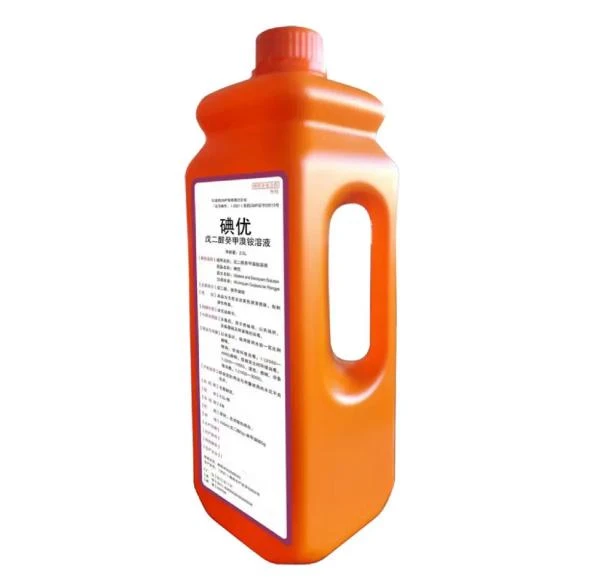- Afrikaans
- Albanian
- Amharic
- Arabic
- Armenian
- Azerbaijani
- Basque
- Belarusian
- Bengali
- Bosnian
- Bulgarian
- Catalan
- Cebuano
- Corsican
- Croatian
- Czech
- Danish
- Dutch
- English
- Esperanto
- Estonian
- Finnish
- French
- Frisian
- Galician
- Georgian
- German
- Greek
- Gujarati
- Haitian Creole
- hausa
- hawaiian
- Hebrew
- Hindi
- Miao
- Hungarian
- Icelandic
- igbo
- Indonesian
- irish
- Italian
- Japanese
- Javanese
- Kannada
- kazakh
- Khmer
- Rwandese
- Korean
- Kurdish
- Kyrgyz
- Lao
- Latin
- Latvian
- Lithuanian
- Luxembourgish
- Macedonian
- Malgashi
- Malay
- Malayalam
- Maltese
- Maori
- Marathi
- Mongolian
- Myanmar
- Nepali
- Norwegian
- Norwegian
- Occitan
- Pashto
- Persian
- Polish
- Portuguese
- Punjabi
- Romanian
- Russian
- Samoan
- Scottish Gaelic
- Serbian
- Sesotho
- Shona
- Sindhi
- Sinhala
- Slovak
- Slovenian
- Somali
- Spanish
- Sundanese
- Swahili
- Swedish
- Tagalog
- Tajik
- Tamil
- Tatar
- Telugu
- Thai
- Turkish
- Turkmen
- Ukrainian
- Urdu
- Uighur
- Uzbek
- Vietnamese
- Welsh
- Bantu
- Yiddish
- Yoruba
- Zulu
ნოე . 14, 2024 08:20 Back to list
buparvaquone injection
Buparvaquone Injection A Comprehensive Overview
Buparvaquone, a novel therapeutic agent, has garnered significant attention in the medical community, primarily due to its efficacy in treating various parasitic infections. As a potent derivative of the naphthoquinone class, it has been developed to combat the increasing resistance observed in traditional antiparasitic treatments. This article highlights the mechanisms, applications, and safety considerations associated with buparvaquone injection.
Mechanism of Action
Buparvaquone functions by inhibiting the mitochondrial electron transport chain in parasites, leading to a disruption of their energy metabolism. This mechanism is essential for the survival and replication of protozoan parasites such as Theileria and Babesia, which are responsible for significant morbidity in both livestock and humans. By targeting the mitochondria, buparvaquone effectively halts the metabolic processes that these organisms rely on for reproduction and survival, leading to their eventual death.
Clinical Applications
Primarily, buparvaquone has been used in veterinary medicine, particularly for the treatment of Theileriosis in cattle. Theileriosis, caused by the protozoan parasite Theileria, poses a substantial threat to livestock health and agricultural productivity. Buparvaquone has been shown to not only reduce the parasitic load but also improve the overall health outcomes in affected animals.
Recent studies have started exploring the potential benefits of buparvaquone in human medicine, particularly for treating parasitic infections that are resistant to conventional therapies. The escalating challenge of drug resistance in organisms such as Plasmodium (the causative agent of malaria) and various tick-borne diseases has propelled research into alternative treatment options, with buparvaquone at the forefront.
Safety and Side Effects
buparvaquone injection

While buparvaquone has shown promise as a safe and effective treatment option, clinicians and users must remain aware of potential side effects. Reports indicate that adverse reactions may include injection site reactions, gastrointestinal disturbances, and transient alterations in liver enzymes. However, these side effects are typically manageable.
Clinical trials have confirmed that buparvaquone is generally well-tolerated, with a safety profile that is favorable compared to existing treatments for similar infections. The low toxicity and minimal adverse effects make buparvaquone a preferred choice in specific populations, particularly in veterinary applications, where treatment choices have direct economic implications.
Regulatory Status and Future Directions
Buparvaquone injection is undergoing rigorous evaluations in various countries to establish its efficacy and safety in human patients. As the global health community continuity stresses the importance of developing novel therapeutics in response to drug resistance, buparvaquone presents a compelling case as a potential alternative treatment. Additionally, ongoing research aims to expand its usage indications beyond Theileriosis, exploring its effectiveness against a broader spectrum of parasites.
Moreover, advancements in drug formulation techniques may enhance the bioavailability and effectiveness of buparvaquone. Innovations such as extended-release formulations could optimize dosing regimens and improve patient compliance. There is also a push towards combining buparvaquone with other antiparasitic agents to create synergistic effects that could overcome resistance mechanisms.
Conclusion
The development and utilization of buparvaquone injection represent a significant advancement in the fight against parasitic infections. With its unique mechanism of action and favorable safety profile, buparvaquone has the potential to redefine treatment protocols for various indications. As the threat of drug resistance continues to escalate globally, researchers are poised to explore the full spectrum of buparvaquone's capabilities, ensuring that it remains at the cutting edge of therapeutic options for both veterinary and human medicine. The future of buparvaquone appears promising, with continued research likely to unveil further benefits and applications in the ongoing battle against parasitic diseases.
-
Guide to Oxytetracycline Injection
NewsMar.27,2025
-
Guide to Colistin Sulphate
NewsMar.27,2025
-
Gentamicin Sulfate: Uses, Price, And Key Information
NewsMar.27,2025
-
Enrofloxacin Injection: Uses, Price, And Supplier Information
NewsMar.27,2025
-
Dexamethasone Sodium Phosphate Injection: Uses, Price, And Key Information
NewsMar.27,2025
-
Albendazole Tablet: Uses, Dosage, Cost, And Key Information
NewsMar.27,2025













